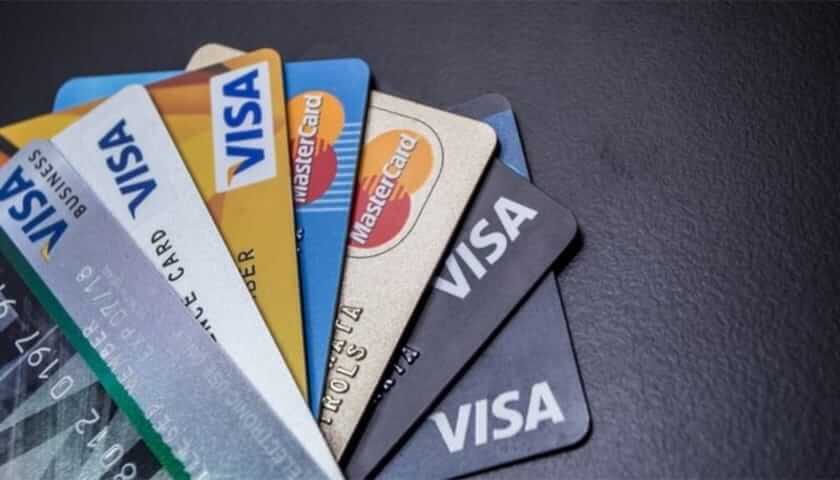Credit card statements are basically billing documents that have the details of every purchase, payment, debit and credit transaction of the credit card holder. The statements get issued to a user at proper intervals and contain all the necessary information in detail.
As any credit card statement contains all the necessary details for a card holder, it’s crucial to go through the statement keenly to keep track of all the expenditure made through the last billing cycle. If this is your first-time using credit cards, you might feel confused about which details to look into. So, here are the components of a bill that you need to study.
Payment Due Date:
Each credit card holder is expected to settle the pending balances within a particular time period that gets pre-decided by the issuer of your credit card. The last date of making the payment, without any late fee/additional charges is known as the payment due date.
Minimum Due:
When the total balance of the credit card gets overwhelming for the user to pay at one go, he can pay a part of that outstanding balance. The minimum amount out of that total bill that has to be compulsorily paid is called the minimum due. In this case, the credit card holder needs to pay an extra interest on his outstanding balance and the late fees will get waived off.
Credit Limit:
The Credit limit is the maximum amount that a card holder is can spend on the credit card. The credit card issuer sets the credit limit based on different factors, such as the monthly income and credit worthiness of the credit card holder.
Current Outstanding Balance:
There is a particular amount that, at any given point in time, the credit card holder has to pay to their bank. This amount is known as the current outstanding balance. The issuer calculates the outstanding balance on the basis of the previous month’s expenditure of the user’s credit card.
Billing Cycle:
Billing cycle refers to the time spent between issuing two different credit card bills of a specific credit card. The credit card issuer or bank determines the billing cycle of a credit card, and it varies between twenty to forty-five days.
Transaction History:
As you can understand from the term, transaction history refers to the record of every transaction ever made by a credit card holder using that particular credit card. In other words, transaction history basically refers to the detailed record of all your purchases on the card. While these may be shared with the user at periodic intervals, credit card holders can access these records whenever needed.
Read more: Best Credit Cards in India
Rebates and Rewards:
A credit card holder also gets the opportunity to gain reward points after using the credit card for their transactions. They can use these reward points to gain some attractive vouchers/gifts from their bank.
Endnote
Hopefully, your credit card bill will make more sense to you now that you know what its key components are. So, make sure you read the bill thoroughly before paying your dues.



